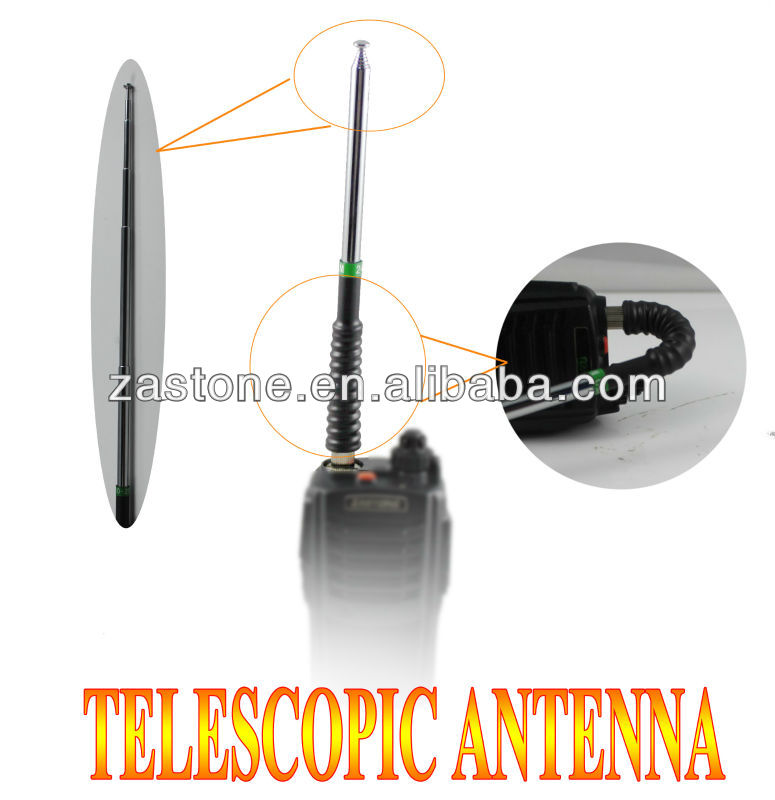How an Antenna Works
To transmit a signal, the transmitter provides an electric charge that oscillates at a specific radio frequency to the terminals of the antenna. Consequently, the antenna sends out corresponding electromagnetic waves. During reception, the antenna takes some of the power of the transmitted electromagnetic waves to generate an extremely small voltage for the terminals, which is then redirected to a receiver that amplifies the signals. This is basically how an antenna works.
Extensive Applications
The applications supported by an antenna go beyond communication. The same concept powers today's high tech wireless applications that run computer networks; Bluetooth enabled systems, garage door openers, and baby monitors. It's important to know that a perfectly functioning antenna is not only critical to the functioning of your two way radio; it also helps maintain the life or longevity of your equipment.
The Bigger, The Better
The first and most important rule of thumb about an antenna to keep in mind is that the taller it is, the higher your db gain. A high volume of db gain is critical to achieving a stronger reach and better performance of your two way radio equipment. This basically translates to, "the bigger, the better." However, in order to achieve results in practical situations, the antenna can have only so much height. In essence you have to sacrifice convenience for performance or vice versa. You can't walk around or even install a gigantic antenna for all your needs, say for example your car radio.
Positioning of Antenna
The second rule of thumb pertains to the positioning of your antenna. The most optimal position for then antenna would be the centre of your metal car roof. In situations where this is not possible, you would need a "no ground plane" antenna. A no ground plane is basically just a metal surface that goes around the base of your antenna so that you have something for the radiating signal to react with. The next aspect you need to consider for your antenna is the frequencies at which you would be transmitting on. A VHF radio transmits and receives in a range from 136 to 174 MHz.

Chubby and Long Antennas
There are different kinds of two radio antennas available depending on how you want to use it. The large stock antenna is powerful and can be replaced or upgraded as you require. The shorter or stubby antenna provides a great deal of convenience. You can add a longer whip antenna to enhance your range. When it comes to two way radios, you stand to gain a great deal of advantages by having a business radio that comes with a removable antenna. The one problem is that removable antennas may not necessarily be compatible with all kinds of radios.

